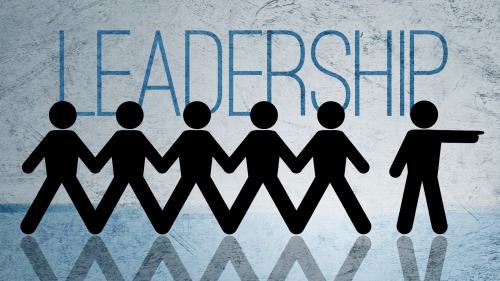-
A New Hope! Series
Contributed by Michael Demastus on Nov 28, 2017 (message contributor)
Summary: This is the 1st in the Nehemiah Series...
This and other Nehemiah sermons in this series come from a series by Ray Stedman...just so that proper credit is given...
DON’T DESPAIR -- BEGIN TO REPAIR
Nehemiah 1
This morning we begin studies in the Old Testament book of Nehemiah.
There are three Old Testament books, Ezra, Nehemiah, and Esther, which
belong together for they cover in general the same period of time, after
the Babylonian captivity when Israel had returned to Jerusalem and had
begun again the worship of Jehovah in the restored temple. Ezra and
Nehemiah are one book in the Hebrew Bible. Ezra, the priest, led an early
return to Israel and restored worship in the rebuilt temple in Jerusalem.
The prophets Haggai and Zechariah had ministered to the people before
that time and had urged them to build the temple, and Ezra went back to
restore the worship of that temple. Nehemiah, who was a contemporary of
Ezra, led a later return. He was a layman, a butler to the Emperor,
Artaxerxes I (which makes Artaxerxes an ancient predecessor
of the Ayatollah Khomeni, for Persia is now the modern nation of Iran).
Nehemiah is the story of the rebuilding of the walls of Jerusalem, which
took place in the fifth century before Christ. It is part of the long
history of that troubled city which today is still in the news, and still
in trouble, as you well know. This ancient city is still surrounded by
thick walls, but they are not the same walls that Nehemiah built. Those
walls have disappeared; and the walls that are there now are of a much
later date. However, my friend, David Soper has been there twice now and
he told me once he remembered standing with a famous Israeli
archaeologist, Avigad, on top of a section of wall which he told David,
with great enthusiasm and pride, he had clearly established as part of
the wall that Nehemiah built. This book, therefore, is an historic
account of the rebuilding of the walls of that great city.
But Nehemiah did more than rebuild a wall, as we will learn. This book is
also the story of the restoring of a people from ruin and despair to a
new walk with God. Jerusalem is not only an historic city which has for
centuries been the center of the life of the nation of Israel (and, in
fact, the center of the biblical record), it is also a symbolic city.
Jerusalem is also used in a pictorial sense throughout the Scriptures.
What it pictures is the place where God desires to dwell. When the city
was first designated to King David as the place where God wanted him to
build the temple, he was told that this was the place where God would
dwell among his people. Jerusalem therefore, throughout the Old and New
Testament, has pictured the place where God seeks to dwell. However, it
is only a picture -- it is not the actual place where God dwells for,
according to the New Testament, man is to be the dwelling place of God.
God seeks to dwell in the human spirit. That is the great secret that
humanity has largely lost today, but which New Testament Christianity
seeks to restore. The Apostle Paul’s great statement in the letter to the
Colossians is, "Christ in you, the hope of glory," {Col 1:27}. This is
God’s provision and desire for man.
Jerusalem in ruins, therefore, is a picture of a life that has lost its
defenses against attack and lies open to repeated hurt and misery. If you
are at all acquainted with the world in which we live today, you will
know that every time you turn your television on you are exposed to the
hurt and misery of people whose walls have been broken down. Jerusalem in
ruins is a vivid picture of their danger and despair. The book of
Nehemiah depicts the way of recovery from breakdown and ruin to a
condition of peace, security, restored order, and usefulness.
What an appropriate book to begin the New Year with! It is the story of a
new beginning. Traditionally, the beginning of the New Year is when we
review our lives. We examine our walls and our gates, as it were,
reflecting on the damage and destruction that may have occurred, and we
resolve to do better in the New Year. This practice of making New Year’s
resolutions has largely fallen out of style, however. It used to be quite
common, but it has fallen into neglect. People break their resolutions so
quickly they have given up making them, or else they have gone in for
rather foolish, silly things, like giving up eating ice cream in bed, or
wearing overshoes, or something else easy to do or to stop. But this is

 Sermon Central
Sermon Central



